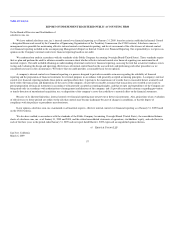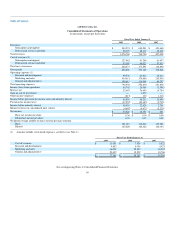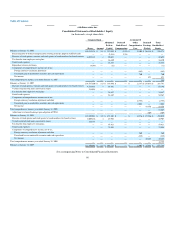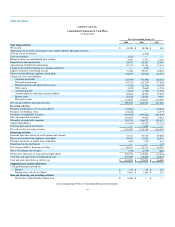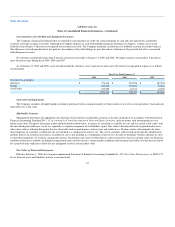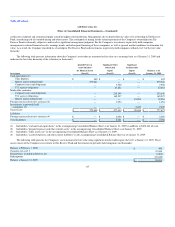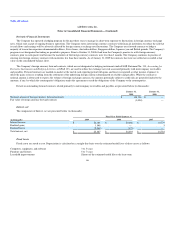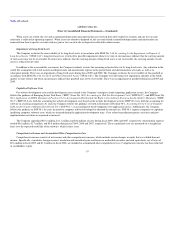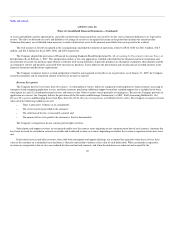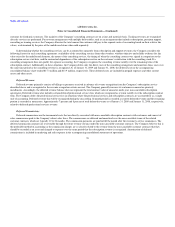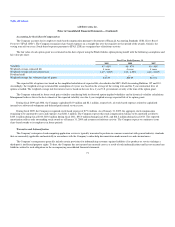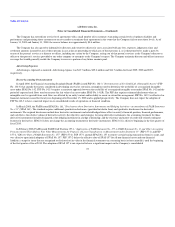Salesforce.com 2008 Annual Report Download - page 66
Download and view the complete annual report
Please find page 66 of the 2008 Salesforce.com annual report below. You can navigate through the pages in the report by either clicking on the pages listed below, or by using the keyword search tool below to find specific information within the annual report.
Table of Contents
salesforce.com, inc.
Notes to Consolidated Financial Statements—(Continued)
Concentrations of Credit Risk and Significant Customers
The Company's financial instruments that are exposed to concentrations of credit risk consist primarily of cash and cash equivalents, marketable
securities and trade accounts receivable. Although the Company deposits its cash with multiple financial institutions, its deposits, at times, may exceed
federally insured limits. Collateral is not required for accounts receivable. The Company maintains an allowance for doubtful accounts receivable balances.
The allowance is based upon historical loss patterns, the number of days that billings are past due and an evaluation of the potential risk of loss associated
with delinquent accounts.
No customer accounted for more than 5 percent of accounts receivable at January 31, 2009 and 2008. No single customer accounted for 5 percent or
more of total revenue during fiscal 2009, 2008 and 2007.
As of January 31, 2009 and 2008, assets located outside the Americas were 14 percent of total assets. Revenues by geographical region are as follows
(in thousands):
Fiscal Year Ended January 31,
2009 2008 2007
Revenues by geography:
Americas $ 776,495 $ 557,976 $ 387,570
Europe 190,685 127,010 75,026
Asia Pacific 109,589 63,714 34,502
$ 1,076,769 $ 748,700 $ 497,098
Cash and Cash Equivalents
The Company considers all highly liquid investments purchased with an original maturity of three months or less to be cash equivalents. Cash and cash
equivalents are at fair value.
Marketable Securities
Management determines the appropriate classification of investments in marketable securities at the time of purchase in accordance with Statement of
Financial Accounting Standards No. 115, Accounting for Certain Investments in Debt and Equity Securities, and reevaluates such determination at each
balance sheet date. Except for the money market mutual fund described below, securities are classified as available for sale and are carried at fair value, with
the unrealized gains and losses, net of tax, reported as a separate component of stockholders' equity. Fair value is determined based on quoted market rates
when observable or utilizing data points that are observable such as quoted prices, interest rates and yield curves. Declines in fair value judged to be other-
than-temporary on securities available for sale are included as a component of interest, net. The cost of securities sold is based on the specific-identification
method. Interest on securities classified as available for sale is also included as a component of interest, net. In order to determine whether a decline in value
is other-than-temporary, we evaluate, among other factors: the duration and extent to which the fair value has been less than the carrying value, our financial
condition and business outlook, including key operational and cash flow metrics, current market conditions and our intent and ability to retain the investment
for a period of time sufficient to allow for any anticipated recovery in fair market value.
Fair Value of Financial Instruments
Effective February 1, 2008, the Company implemented Statement of Financial Accounting Standards No. 157, Fair Value Measurement, or SFAS 157,
for its financial assets and liabilities that are re-measured and
63






